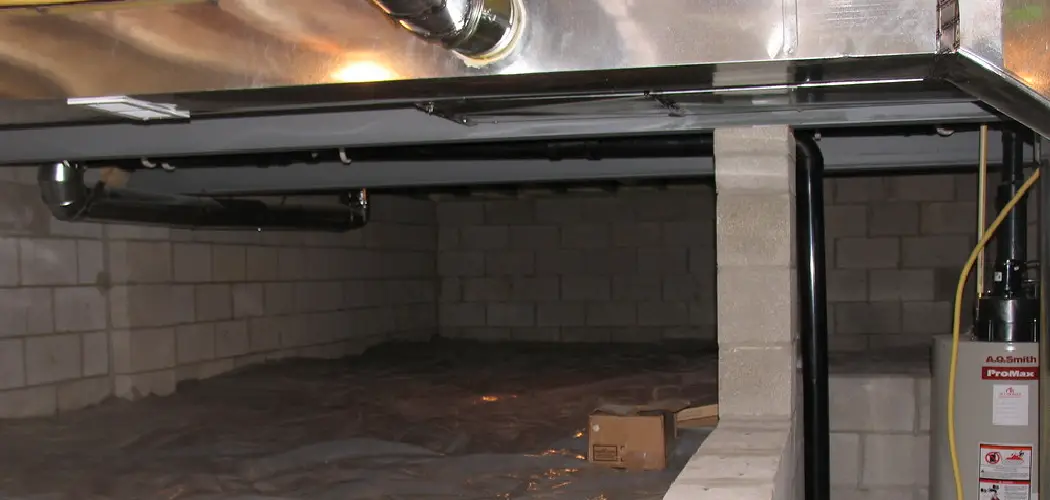Most of us assume humidity is a nuisance in our homes only during warm summer months. Unfortunately, this airborne moisture can cause untold damage to your home all year round. High levels of humidity in the crawl space often lead to structural damage by providing an environment that facilitates rot and mold growth, as well as pests.
In addition, improper humidity levels pose health risks for inhabitants due to issues like asthma or other respiratory ailments caused by mold spores or dust mite collection. The good news is there are several ways to reduce the effects – and causes – of such humidity build-up so you can have healthy air quality no matter what time of year it is outside.
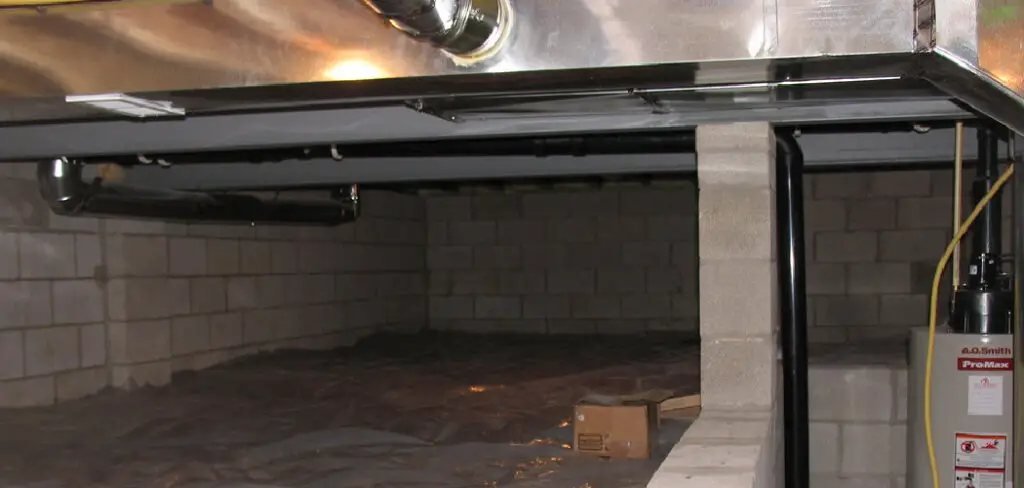
Read on for tips on how to control humidity in crawl space and enjoy added protection with lower risk when it comes to preserving energy efficiency at home too!
What Will You Need?
In order to properly keep humidity levels in check, you’ll need a few items and products. Make sure you have the following before beginning:
- Dehumidifier
- Waterproofing material (including sealant)
- Plastic sheeting/vapor barriers
- Insulation
Once you have all the necessary supplies, follow these steps to get your home into a healthier state.
10 Easy Steps on How to Control Humidity in Crawl Space
Step 1. Place a Dehumidifier
One of the easiest and most efficient steps you can take to reduce humidity in your crawl space is to place a dehumidifier. This will help draw out moisture from the air and keep relative humidity levels at an acceptable level. Ensure the dehumidifier is properly sized for the area, and check it regularly to ensure it’s working correctly.
Step 2. Check for Any Standing Water
Examine the area around the foundation walls, interior walls, and flooring for standing or pooling water signs. This is a common sign that there’s an issue with one or more of these components not being completely sealed off from each other. If this is the case, fix it as soon as possible!
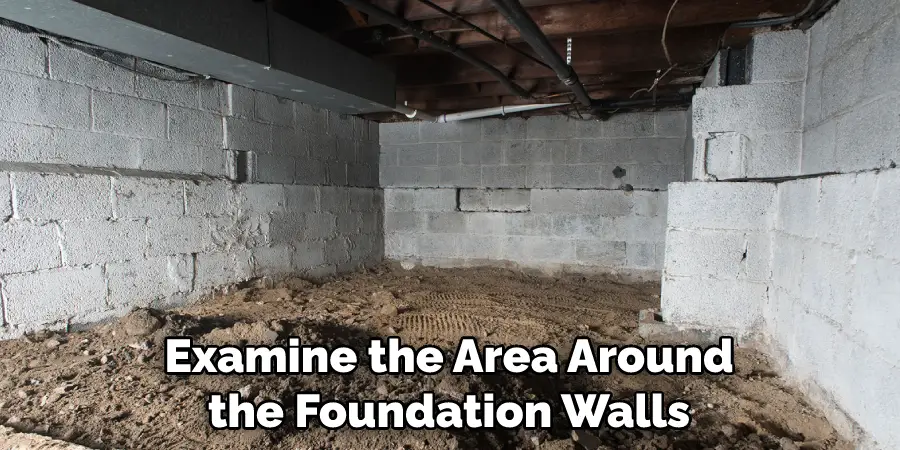
Step 3. Seal Wall Cracks and Crevices
Sealing off cracks and crevices in wall joints with waterproofing material is essential for keeping out moisture and preventing mold and mildew from forming. If there are any gaps in the walls, use a sealant to close them. Otherwise, the water will continue to seep in and cause further damage.
Step 4. Install a Vapor Barrier
A vapor barrier is a plastic sheeting that helps keep air from passing through walls, floors, and other surfaces. This prevents humidity from getting trapped within the crawl space walls. Be sure to use a heavy-duty material that won’t easily tear or rip when you’re installing it.
Step 5. Insulate Any Exposed Pipes
Any exposed pipes are prime sources of condensation and should be insulated with foam insulation to prevent water droplets from forming on them due to temperature changes in the crawl space environment. It’s also important to seal any joints with waterproofing material. There are several varieties of pipe insulation available, so make sure you select the right type for your situation.
Step 6. Make Sure There’s Adequate Ventilation
It’s important to ensure there are enough air vents in the crawl space for adequate ventilation, as this will help keep moisture levels under control by allowing fresh air to circulate through the area. Be careful not to block any vents with insulation or other materials, as this can lead to higher levels of humidity. If necessary, consider installing additional vents.
Step 7. Seal off Any Holes or Gaps Where Moisture Can Enter
Make sure to take a good look around and seal off any small openings/gaps that may be present in the walls or floors of your crawl space. These can act as gateways for humidity and other contaminants to get inside. Additionally, make sure to inspect any vents and make sure they are sealed tight.
Step 8. Check for Plumbing Leaks
Check all pipes leading into and out of the crawl space for signs of leaks which could potentially lead to extensive water damage if left unchecked. If you find evidence of one, make sure to get it fixed right away. Don’t forget to check around all fixtures, too!
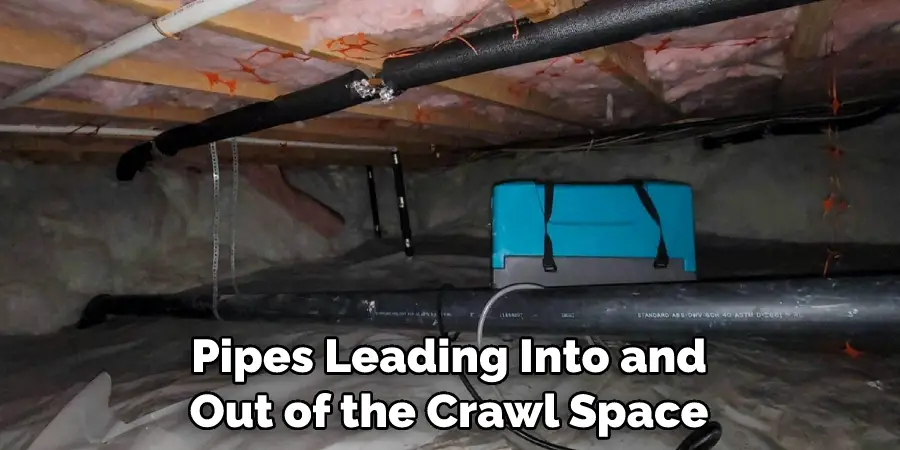
Step 9. Consider Installing a Sump Pump
A sump pump can help keep water levels down in the crawl space by pumping out any excess moisture that may have been collected via rain or other sources. This is a great way to prevent flooding and additional humidity build-up, which could otherwise lead to serious damage over time. Be careful not to overfill the sump pump, as it may cause water to overflow and damage other components.
Step 10. Monitor Your Crawl Space Regularly
Humidity levels can fluctuate depending on the season, so it’s important to monitor your crawl space on a regular basis and take action if necessary. Check for signs of mold or mildew growth and evidence of pests such as rodents or insects, which could be indicators of high humidity levels. If you notice any of these signs, take the necessary steps to reduce your crawl space’s humidity levels.
By following these steps, you’ll be well on your way to controlling humidity levels in your crawl space and keeping it dry and healthy for years to come. With a little extra effort, you can ensure your home is safe from the damaging effects of water damage and mold growth.
5 Additional Tips and Tricks
1. Properly insulate the crawl space. Insulation will help minimize how much moisture can get in and how much cold air can escape.
2. Make sure there is adequate ventilation throughout the crawl space. This can be done by installing vents and fans to circulate air throughout the space.
3. Install a dehumidifier to draw out moisture from the air. A dehumidifier can help keep your crawl space dry and comfortable even during humid summer months.
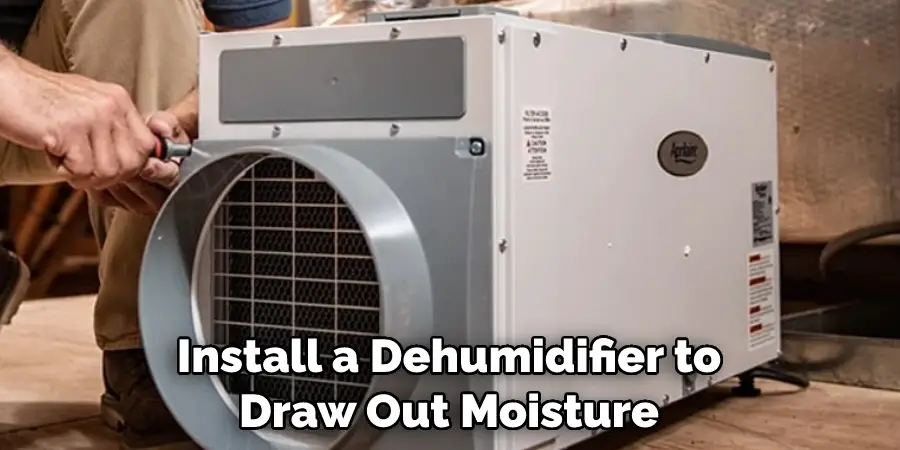
4. Use a vapor barrier on the ground of your crawl space to prevent moisture from rising up into the area.
5. Check for any plumbing leaks or cracks that could be allowing water into your crawl space and repair them immediately if needed. Fixing these issues can help keep your crawl space dry and free of mold.
Following these tips and tricks can help you effectively control the humidity levels in your crawl space, keeping it comfortable, safe, and healthy. Make sure to check regularly for potential issues that could affect how much moisture is inside the area so you can address them as soon as possible. Proper preventative maintenance lets you keep your crawl space dry and healthy year-round.
5 Things You Should Avoid
1. Not Ventilating: A poorly ventilated crawl space can lead to higher humidity levels and create an unhealthy environment. Ensure your crawl space is well-ventilated with air moving in and out regularly.
2. Not Insulating: An uninsulated crawl space can cause high humidity due to condensation, leading to the growth of mold and mildew. Insulate your walls and floors with a vapor barrier or foam insulation to help keep the moisture out.
3. Poorly Sealed Vents, Doors, and Windows: Even small cracks or openings can allow moist air into your crawl space, resulting in increased humidity levels. Seal any gaps you find using caulking or weather stripping for best results.
4. Using Humidifiers: Humidifiers can generate additional moisture, raising the humidity levels in your crawl space. If you use an air conditioner to cool during summer, ensure it is equipped with a dehumidifier for better control.
5. Not Regularly Cleaning: Cleaning your crawl space regularly helps reduce the amount of dust and debris that can accumulate, preventing mold growth and lowering humidity levels. Vacuum floors and walls thoroughly and make sure any exposed pipes are free of water buildup.
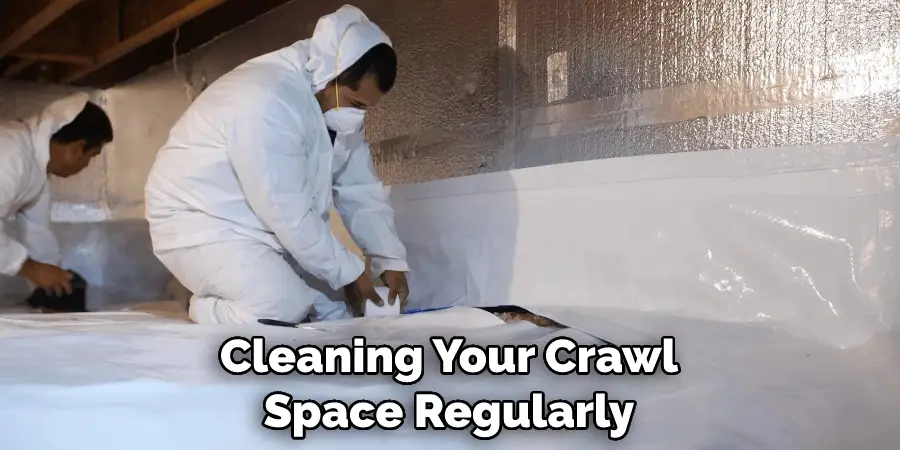
By following these tips and taking steps to control the humidity in your crawl space properly, you can create a healthy environment while protecting your home from damage caused by high moisture levels.
Conclusion
Controlling the humidity level in your home’s crawl space is essential to keeping your home safe and healthy. The most effective way to do this is by using a dehumidifier specially designed for the job. Make sure you buy one that’s the right size for your space, as this will make controlling humidity much easier.
Additionally, use fans to move air around and help keep temperatures consistent. Finally, regularly check your crawl space for signs of water damage and get rid of any moss or mold growing there. Doing these things will significantly reduce the amount of moisture in the area and help keep your home in a safe environment for years to come. All in all, controlling the humidity levels in your crawl space can be daunting, but with knowledge, research, and determination, it doesn’t have to be impossible!
After following the advice from this article, you are now armed with enough information to understand better how to control humidity in crawl space such as crawlspaces and basements more effectively!

